The rope is a useful tool used in various aspects of life, from tying shoelaces to anchoring ships. It plays a crucial role in our lives. Its strength and versatility render it indispensable across various industries and activities. Let’s explore "10 popular materials for manufacturing rope".
1. Overview
Materials used to make ropes can be divided into two main categories:
- Natural: Jute, Sisal, Hemp, Manila, Cotton
- Synthetic: Elastic, Polyethylene, Polypropylene, Polymanila, Polyester, Nylon, Aramid, LCP, HMPE, PBO.
Natural rope is a type of rope made from organic materials, such as fibers from plants. They are known for their aesthetic appeal, eco-friendliness, and good handling properties, but can be susceptible to rot and wear compared to synthetic ropes.
Synthetic rope is a type of rope made from man-made materials, such as polymers and plastics. They are known for their high strength, durability, and resistance to elements compared to natural ropes. However, they can be more expensive and less eco-friendly than natural options.
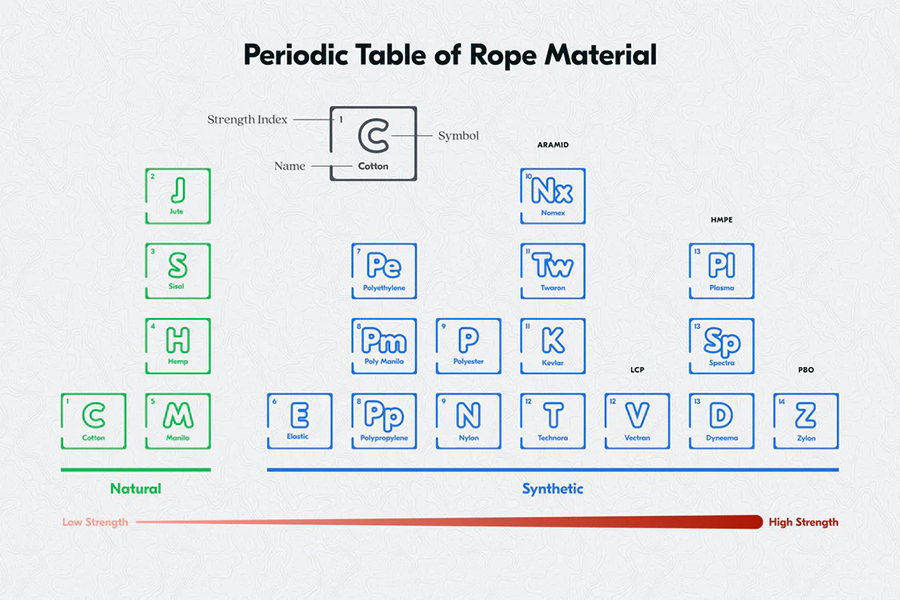
Picture 1: Periodic table of rope material
2. 10 popular materials for manufacturing rope
2.1. PP rope
Polypropylene, also known as PP, is a synthetic thermoplastic polymer. This scientific term translates into a lightweight, water-resistant, and chemical-resistant material. These properties are key to PP's success in the world of ropes. Here's a closer look at what makes PP rope such a valuable asset:
- Material: Polypropylene, a synthetic fiber known for its strength, durability, and affordability.
- Strength: This varies depending on the diameter and construction of the rope. Typically, polypropylene ropes have a lower breaking strength compared to other synthetic ropes like nylon, but they are still strong enough for many general-purpose applications.
- Weight: Polypropylene is a lightweight material, making the rope easy to handle and transport. It also floats in water, making it suitable for marine applications.
- Buoyancy: As mentioned, polypropylene floats in water, making it ideal for marine use like mooring lines, dock lines, and lifelines.
- Durability: Polypropylene is resistant to rot, mildew, and most chemicals. It also has good UV resistance, especially when treated with UV inhibitors. However, prolonged exposure to direct sunlight can eventually degrade the rope.
- Flexibility: Polypropylene rope is moderately flexible, making it easy to knot and tie.
- Cost-effective: Polypropylene is a relatively inexpensive material, making it an affordable choice for various applications.
Applications:
- Marine: Mooring lines, dock line, anchor line
- Fishing nets and lines
- Construction
- Agriculture

Picture 2: Polypropylene (PP) Rope
2.2. PE rope
PE rope, or polyethylene rope, is another type of popular synthetic rope made from polyethylene, a different type of thermoplastic polymer. While sharing some similarities with PP rope, they have distinct characteristics and applications.
- Material: Polyethylene (PE), a synthetic fiber known for its affordability, good balance of strength and weight, and resistance to various elements.
- Strength: While not as strong as some other synthetic ropes like nylon, PE rope offers a good balance of strength and weight, making it suitable for various applications where high breaking strength isn't the primary concern.
- Weight: PE is lightweight and floats on water, making it ideal for use in marine environments like fishing lines, mooring lines, and dock lines.
- Buoyancy: As mentioned, PE rope floats, offering an advantage in water applications.
- Durability: PE has good resistance to:
- Abrasion: This makes it suitable for applications where the rope might rub against surfaces.
- UV resistance: With proper treatment, PE rope can withstand sunlight exposure for extended periods. However, prolonged exposure can eventually degrade the rope.
- Rot and mildew: This makes it suitable for outdoor use.
- Water: PE does not absorb water, maintaining its strength and preventing rot.
- Flexibility: PE rope is moderately flexible, making it easy to knot and tie.
- Cost-effective: PE is a relatively inexpensive material, making it an affordable choice for various applications.
Applications:
- Marine: fishing nets and lines, marker buoys, mooring lines
- Outdoor activities: camping, backpacking
- Twine: hay baler twine, greenhouse twine, banana twine
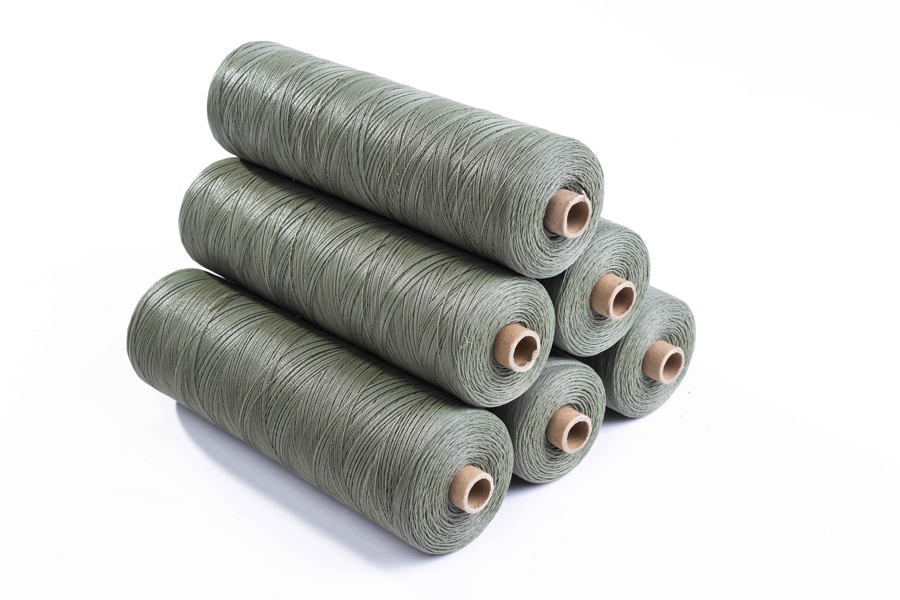
Picture 3: Polyethylene (PE) Rope
Here's a table summarizing the key differences between PP rope and PE rope:
|
Feature
|
PP Rope
|
PE Rope
|
|
Strength
|
Higher
|
Lower
|
|
Flexibility
|
Less flexible
|
More flexible
|
|
Melting Point
|
Higher
|
Lower
|
|
Common Applications
|
Marine, Construction
|
Twine, Wrapping, Lifting Slings
|
2.3. PET rope
Pet rope, or polyester rope is a strong and versatile type of rope made from synthetic fibers of the same name. It is a popular choice for various applications due to its numerous desirable properties:
- Strength: Almost as strong as nylon in dry conditions, and even stronger when wet, making it ideal for marine use.
- Durability: Resistant to most environmental factors that degrade ropes, including:
- UV rays: Suitable for extended outdoor use without significant weakening.
- Moisture: Does not absorb water, maintaining its strength and preventing rot or mildew.
- Chemicals: Resistant to most common chemicals, making it suitable for various industrial applications.
- Abrasion: Has good abrasion resistance, able to withstand wear and tear.
- Low stretch: Unlike nylon, polyester rope stretches minimally, making it ideal for applications requiring dimensional stability like:
- Awnings and flagpoles: Maintains tension and keeps fabric taut.
- Tie-downs: Ensures secure fastening without loosening due to stretching.
- Lightweight: Easier to handle and transport compared to heavier ropes like steel.
- Cost-effective: Generally more affordable than other ropes with similar strength, making it a budget-friendly option.
Applications:
- Marine: mooring lines and dock lines, anchor lines, cargo nets and sling
- Industrial: lifting and rigging, towing and winching, fall protection
- Outdoor activities: rock climbing and rappelling, camping and outdoor gear
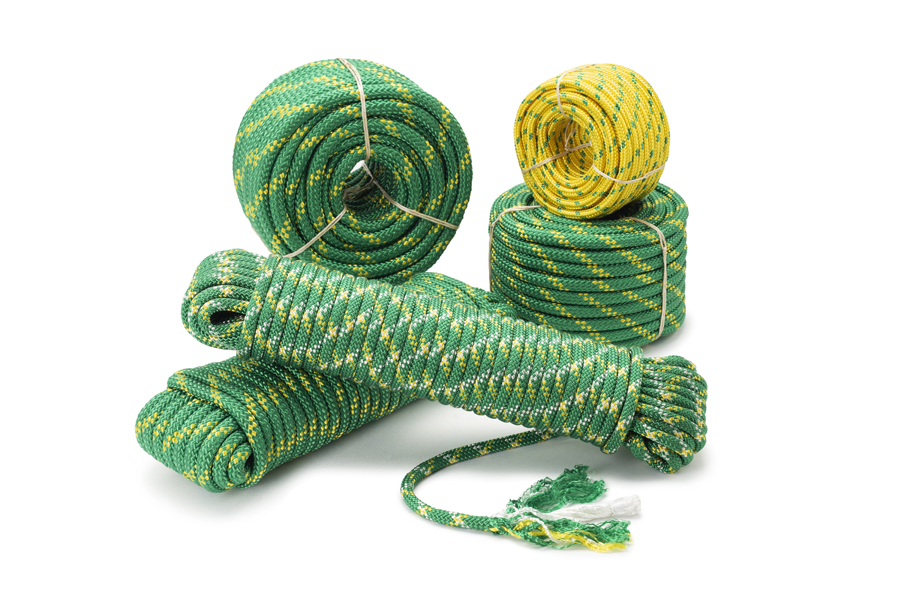
Picture 4: Polyester (PET) Rope
2.4. HMPE rope
HMPE rope stands for High Modulus Polyethylene rope. It's a type of rope made from ultra-high molecular weight polyethylene (UHMWPE), a specific type of polyethylene known for its exceptional strength and other desirable properties. Here's a closer look at what HMPE rope is and why it's special:
- Strength:
- HMPE boasts unmatched strength compared to other rope materials, including steel.
- This allows it to handle significantly heavier loads while being much thinner and lighter.
- Low Stretch: Unlike other ropes that stretch under load, HMPE rope stretches very little, offering superior dimensional stability. This is crucial for applications where maintaining length is critical, such as mooring lines and lifting slings.
- Durability: HMPE offers excellent resistance to abrasion, UV degradation, and chemicals. This translates to a long lifespan even in harsh environments.
- Lightweight: Despite its exceptional strength, HMPE is much lighter than steel or high-strength materials. This makes it easier to handle, transport, and store.
- Buoyancy: HMPE rope floats in water, a valuable property for marine applications.
Due to its unique properties, HMPE rope finds application in various demanding industries where strength, durability, and lightweight construction are paramount. Here are some examples:
- Marine: Mooring lines, anchor lines, lifting slings, towing lines.
- Oil and Gas: Offshore platforms, subsea operations, lifting slings.
- Construction: Heavy lifting, rigging, fall protection.
- High-Performance Sports: Rock climbing, sailing, rappelling.
- Defense: Military applications requiring high-strength ropes.
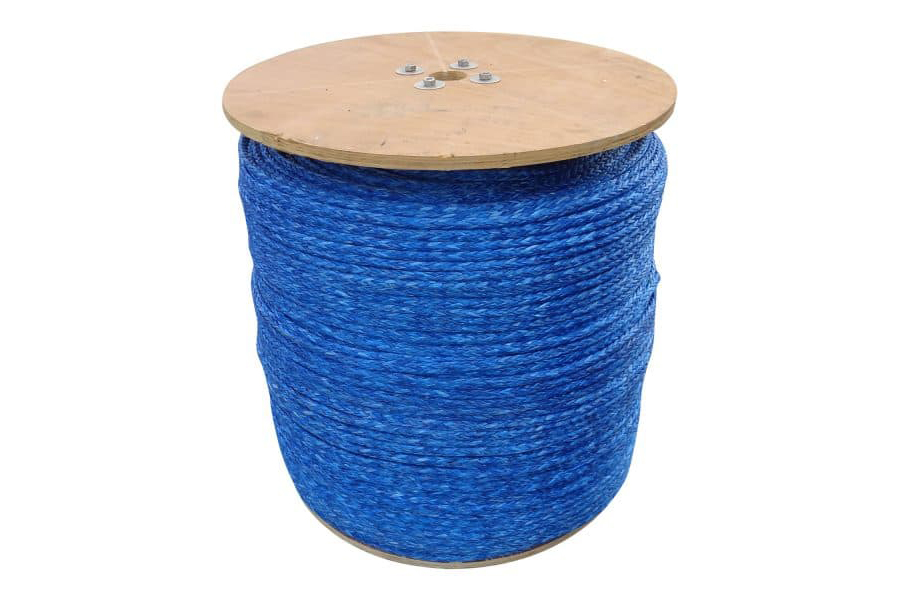
Picture 5: High Modulus Polyethylene (HMPE) Rope
2.5. Nylon rope
Nylon rope is a popular and versatile type of rope made from synthetic fibers called polyamides. It is known for its exceptional:
- Strength: It is one of the strongest ropes in common use, making it suitable for various heavy-duty applications.
- Elasticity: It can stretch and absorb shock loads, making it ideal for dynamic activities like rock climbing, rappelling, and towing.
- Durability: It is resistant to abrasion, rot, mildew, and UV rays, ensuring long-lasting performance in harsh environments.
Applications:
- Climbing and rappelling
- Towing and mooring
- Rescue operations
- Camping and outdoor gear
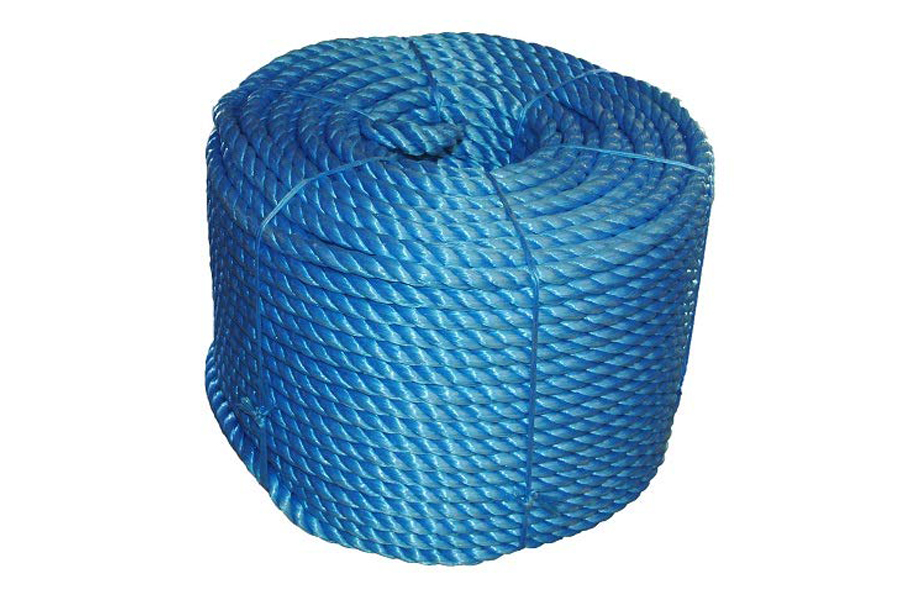
Picture 6: Nylon Rope
2.6. Manila rope
Manila rope is a natural fiber made from the abacá plant's fibers, which is native to the Philippines. The capital of the Philippines, Manila, is where the rope gets its name from, although it's not hemp as some people mistakenly believe.
- Strength and durability: It is one of the strongest natural fiber ropes and can withstand significant wear and tear.
- Flexibility: It is more pliable than other natural fibers like sisal, making it easier to knot and handle.
- Saltwater resistance: It is resistant to degradation from saltwater, making it suitable for marine applications.
Applications:
- Marine: Rigging, mooring lines, fishing nets
- Decorative purpose: creating nautical-themed decor, railings, and furniture accents
- Arts and crafts: macrame, weaving, basket making
- Construction: scaffolding, lifting lighter materials
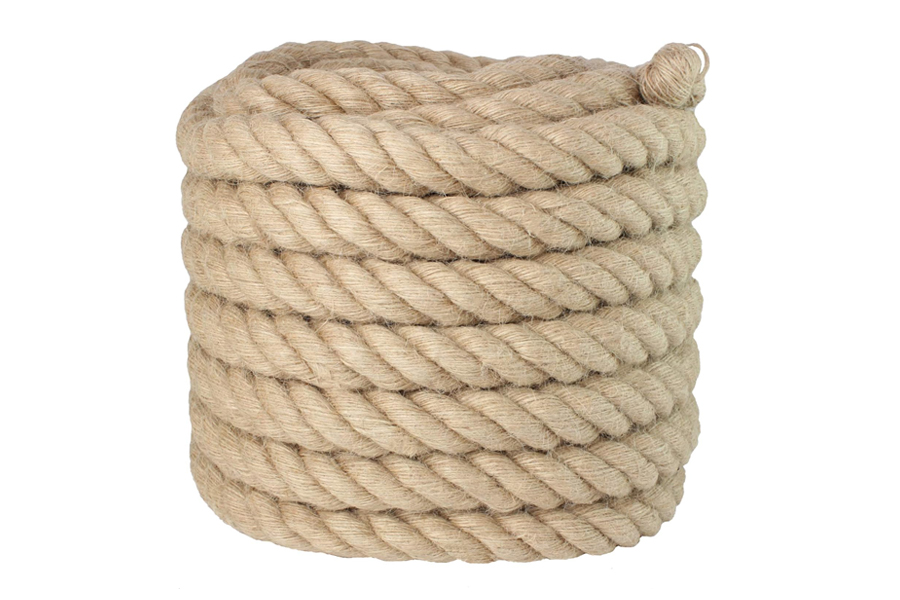
Picture 7: Manila Rope
2.7. Composite rope
Composite rope, as the name suggests, is a combination of different fibers woven or braided together to create a rope with specific properties tailored to its intended use. These fibers can be:
- Synthetic: Like polyester, nylon, or polypropylene, they are known for their strength, durability, and water resistance.
- Natural: Like abaca (used in manila rope) or sisal, known for their flexibility and eco-friendly nature.
- A blend of both: Combining the strengths of both synthetic and natural fibers for a balanced rope.
This allows for the creation of ropes with various advantages, including:
- High strength: Combining strong fibers can create ropes that are stronger than individual components, making them suitable for heavy-duty applications like lifting, towing, and mooring.
- Enhanced durability: By combining different materials, the rope can gain resistance to elements it might not have with just one fiber, like abrasion resistance, UV resistance, or saltwater resistance.
- Specific properties: Different combinations can be chosen to create ropes with specific characteristics, such as low stretch for towing or high elasticity for absorbing shock loads.
Applications:
- Utility work: pulling cables, lifting equipment, securing loads
- Marine: mooring line, anchor lines
- Climbing and rappelling: lifting lighter materials, securing scaffolding, safety lines
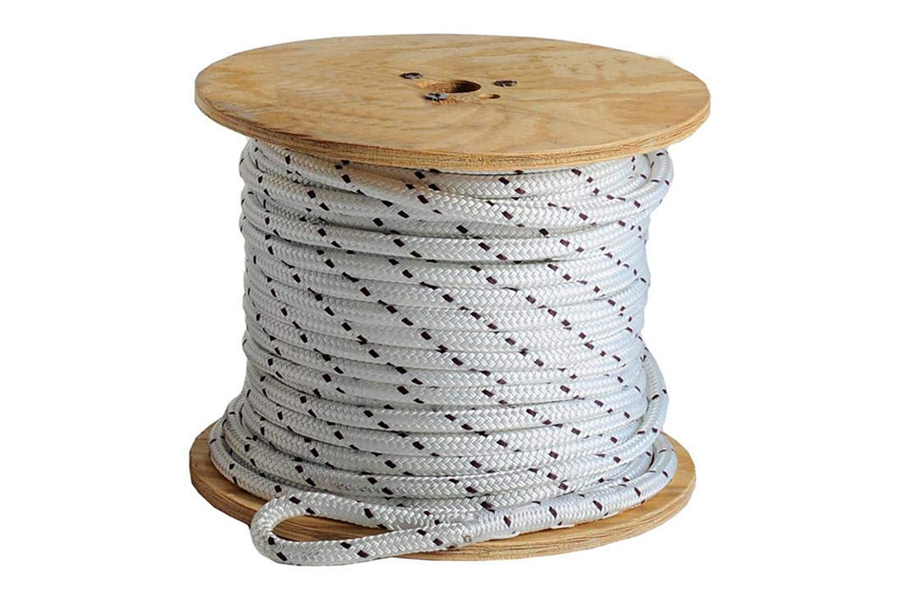
Picture 8: Double Braided Composite Rope
2.8. Cotton rope
Cotton rope is a type of rope made from natural cotton fibers. Unlike most ropes, it is not as strong or weatherproof as synthetic options like nylon or polyester. However, it offers unique benefits that make it suitable for specific applications:
- Softness: Cotton rope is incredibly soft and gentle on the skin, making it ideal for crafting applications like macrame, weaving, and creating pet toys.
- Natural and eco-friendly: As a natural fiber, cotton rope is biodegradable and a more sustainable choice compared to synthetic ropes.
- Breathable: Cotton's breathability makes it suitable for applications where airflow is important, such as plant hangers or decorative baskets.
- Dyeable: Cotton rope can be easily dyed in various colors, allowing for creative customization in crafts and decorative projects.
Applications:
- Crafts and hobbies: macrame wall hangings, weaving baskets, creating decorative knots, and making pet toys.
- Home decor: creating plant hangers, throw pillow covers, and nautical-themed accents.
- Packaging and gift wrapping: eco-friendly gift wrapping or securing packages decoratively.
- Light-duty applications: securing lightweight objects or creating temporary clotheslines.
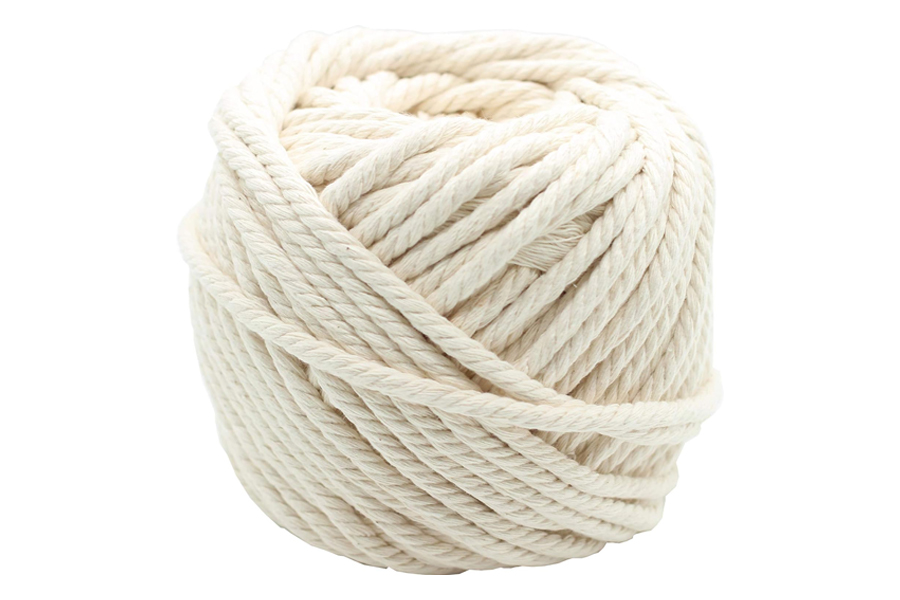
Picture 9: Natural Cotton Rope
2.9. Steel wire rope
Steel wire rope, also known as wire rope or cable, is a strong and versatile type of rope constructed from multiple strands of steel wires twisted together. These strands are then laid around a central core, usually made of steel or another material like fiber, to create a flexible and robust cable.
- High strength: It can withstand immense loads, making it ideal for lifting, towing, and mooring applications.
- Durability: It is resistant to wear and tear, corrosion, and harsh weather conditions.
- Flexibility: It can bend and maneuver around obstacles while maintaining its strength.
- Variety of configurations: The size, number of strands, and core material can be customized to meet specific needs and applications.
Applications:
- Construction: Used in cranes, hoists, and lifting equipment for transporting heavy materials, suspending structures, and securing scaffolding.
- Marine applications: Employed in mooring lines, anchor lines, cargo nets, and rigging for ships and boats.
- Suspension bridges: Used as the main support cables for suspension bridges, providing immense strength and flexibility.
- Elevators: Employed as hoisting ropes in elevators to lift and lower passengers and goods.
- Forestry: Utilized for logging operations, such as skidding trees and securing loads during transportation.
- Mining: Used in mine shafts for lifting and lowering personnel, equipment, and materials.
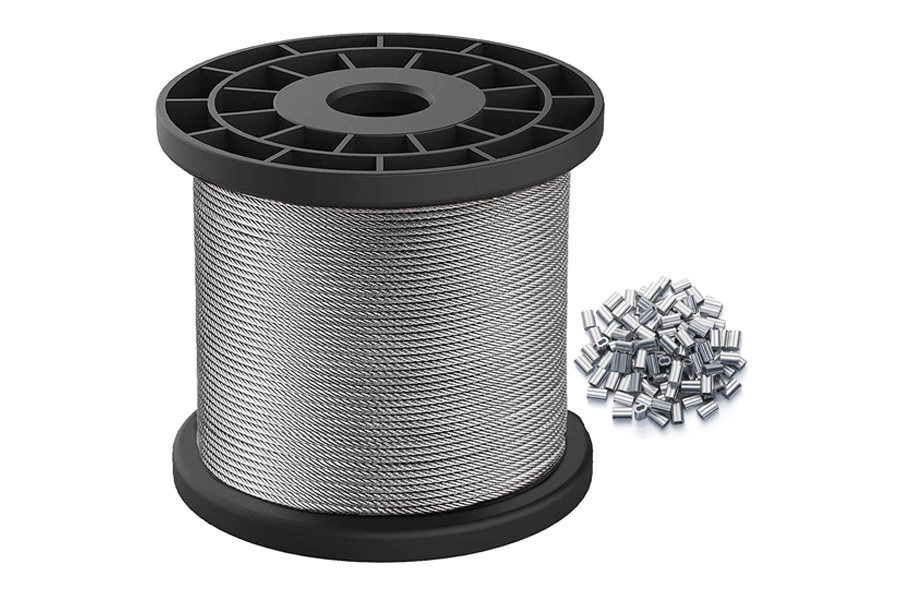
Picture 10: Steel Wire Rope
2.10. Aramid rope
Aramid rope, also known as Kevlar® rope (though Kevlar® is a brand name by DuPont), is a type of rope made from aramid fibers. These fibers are known for their exceptional:
- Strength: They are incredibly strong, often several times stronger than steel at the same weight. This makes them ideal for heavy-duty applications where high breaking strength is crucial.
- Heat resistance: Aramid fibers have excellent heat resistance, able to withstand temperatures exceeding 300°C (572°F) for extended periods without melting or losing significant strength.
- Lightweight: Aramid ropes are lighter than steel cables of similar strength, making them easier to handle and transport.
- Cut resistance: Aramid fibers offer good resistance to cutting, making them suitable for applications where abrasion or sharp objects are a concern.
Applications:
- Firefighting: rappelling ropes for firefighters and rescue lines for victims
- Military and law enforcement: rappelling, hoisting equipment, and securing loads in military and law enforcement operations.
- Lifting and rigging: industrial settings for lifting heavy objects and equipment due to their high strength-to-weight ratio.
- Aerospace applications: aerospace applications due to their lightweight and heat resistance properties.
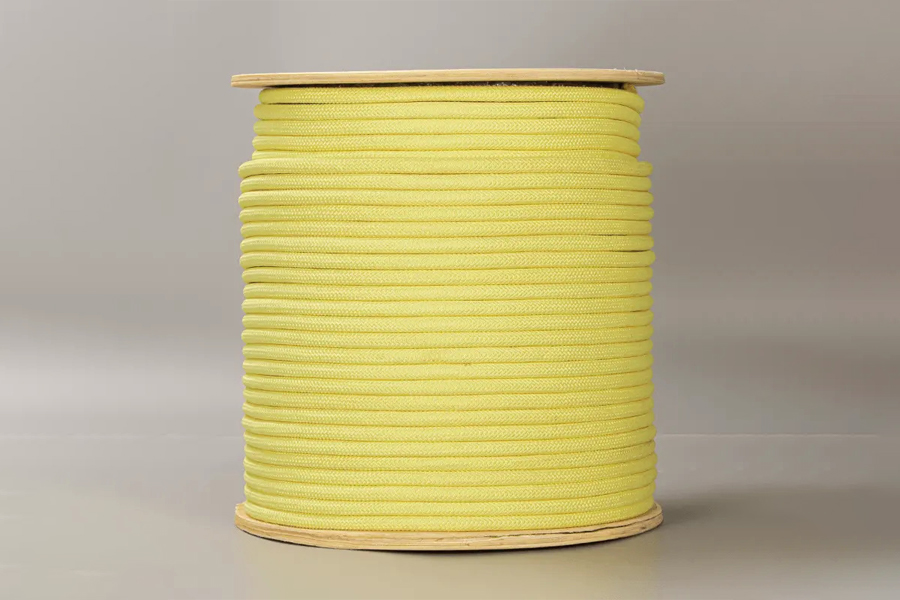
Picture 11: Aramid Rope
Summaries, materials used to make ropes can be divided into two main categories:
- Natural: Jute, Sisal, Hemp, Manila, Cotton
- Synthetic: Elastic, Polyethylene, Polypropylene, Polymanila, Polyester, Nylon, Aramid, LCP, HMPE, PBO.
If you are looking for a manufacturer of rope, Siam Brothers Vietnam is the leading rope manufacturer in Vietnam established on 18/07/1995 with 100% capital investment from Thai Land. Our main products are pp (polypropylene) rope, pe (polyethylene) rope, pet (polyester) rope, hay baler twine, and pp/pe yarn…with a wide range of applications including fishing, maritime transportation, industrial, agricultural, decoration…With 60 years of experience in manufacturing and trading as a rope supplier, the quality of Siam Brothers Vietnam products has been strongly trusted by the domestic and international markets for many years (for detail, read this post "Siam Brothers Vietnam - The top choice for international partners looking for imported rope"). Contact us:










